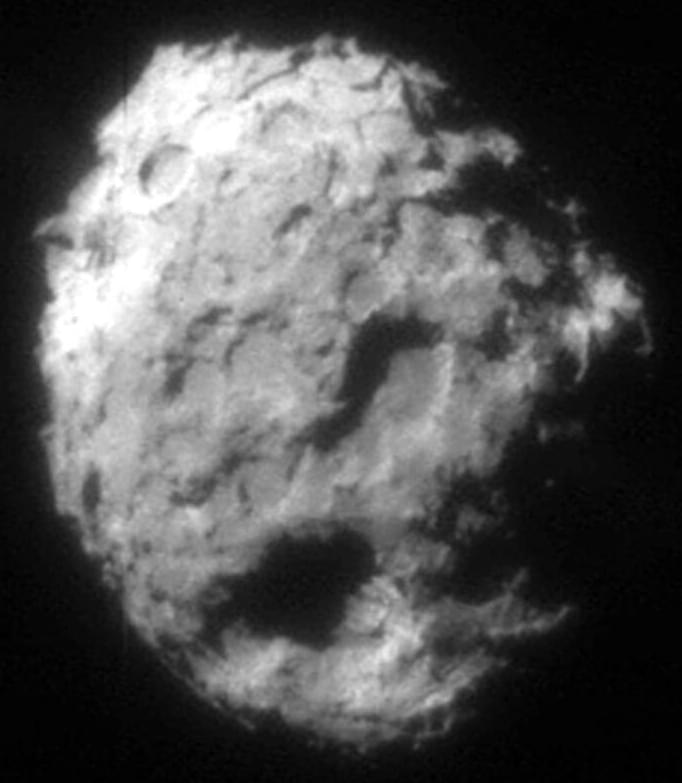“The Stardust samples, microscopic grains from a body less than two miles wide, contain a record of the deep past covering billions of miles,” said Dr. Ryan Ogliore. “After 18 years of interrogating this comet, we have a much better view of the solar system’s dynamic formative years.”
What can samples collected from a comet almost 20 years ago tell us about the history of comets and our solar system? This is what a recent study published in Geochemistry hopes to address as a researcher from the Washington University in St. Louis (WUSTL) analyzed samples from Comet 81P/Wild 2 that were returned to Earth almost exactly 18 years ago today. This study holds the potential to help scientists not only gain greater insights into the origin and history of comets, but of our solar system, as well.
Image of the Stardust sample return capsule being retrieved inside a protective covering after it was collected from its landing site at the U.S. Air Force Utah Test and Training Range in January 2006. (Credit: NASA)
While Comet 81P/Wild 2 currently orbits in the main asteroid belt between Mars and Jupiter, scientists have long hypothesized that the comet formed much farther out, possibly beyond the orbit of Neptune. Therefore, they interpreted that any samples collected from the comet would contain material from the interstellar medium before the formation of the solar system. However, the samples that returned to Earth from NASA’s Stardust mission have revealed material comprised of a variety of events that occurred during the early age of the solar system, as opposed to strictly before the solar system formed.










Leave a reply